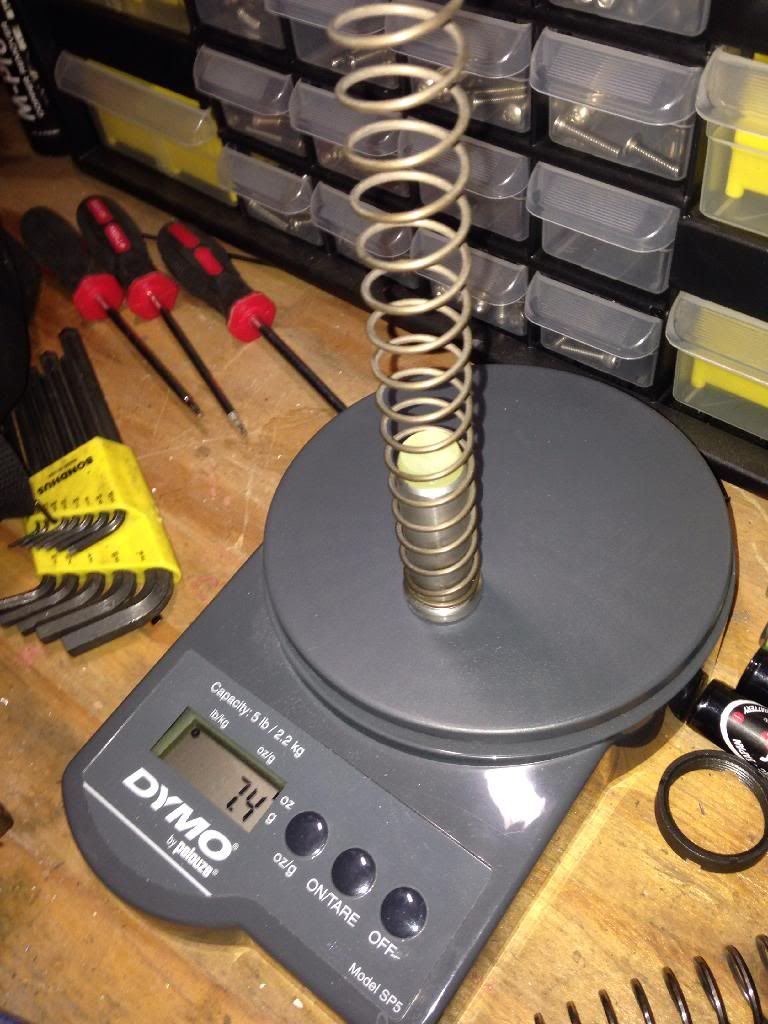Hello all. I have am almost finished with a mega maten mkm build and am having a hell of a time choosing between a low mass buffer system or a High mass buffer sytem. The goal is to end up with the softest shooting 308 I can get. Something the wife and grandkids could enjoy aswell. It will have an slr ajustable gas block so no matter what the rifle will be tuned.
Right now I need to choose between a slash heavy buffer set up or a jp silent captured spring set up. I usually just run the heaviest buffer the build will run reliably and this has always made for a smooth weapon. I have never attempted to achieve this result with a low mass system. After reading all about jp lmos systems and the jp scs, it may be worth stepping out of my comfort zone to try. My main concern with stepping in a direction other than heavy buffers is bolt bounce and a general violent operation. I don't like how the jp scs has no wieghts "slamming home" upon return to battery. It just doesn't seem a possative of an action. Again an ajustable gas block will be in play.
If you have ever used a low mass set up ( specificaly the silent captured spring set up) please chime in and share with me you experiences in high vs low mass systems. Two very differnent methods of achieving a smooth low recoiling action have me very perplexed. Please advise.
Right now I need to choose between a slash heavy buffer set up or a jp silent captured spring set up. I usually just run the heaviest buffer the build will run reliably and this has always made for a smooth weapon. I have never attempted to achieve this result with a low mass system. After reading all about jp lmos systems and the jp scs, it may be worth stepping out of my comfort zone to try. My main concern with stepping in a direction other than heavy buffers is bolt bounce and a general violent operation. I don't like how the jp scs has no wieghts "slamming home" upon return to battery. It just doesn't seem a possative of an action. Again an ajustable gas block will be in play.
If you have ever used a low mass set up ( specificaly the silent captured spring set up) please chime in and share with me you experiences in high vs low mass systems. Two very differnent methods of achieving a smooth low recoiling action have me very perplexed. Please advise.



